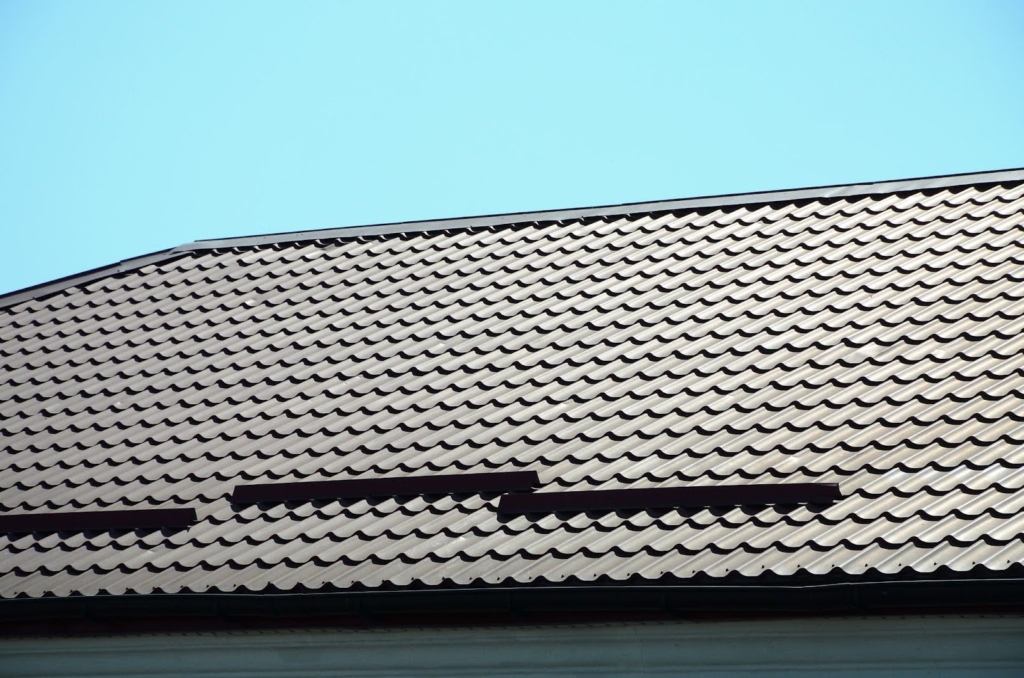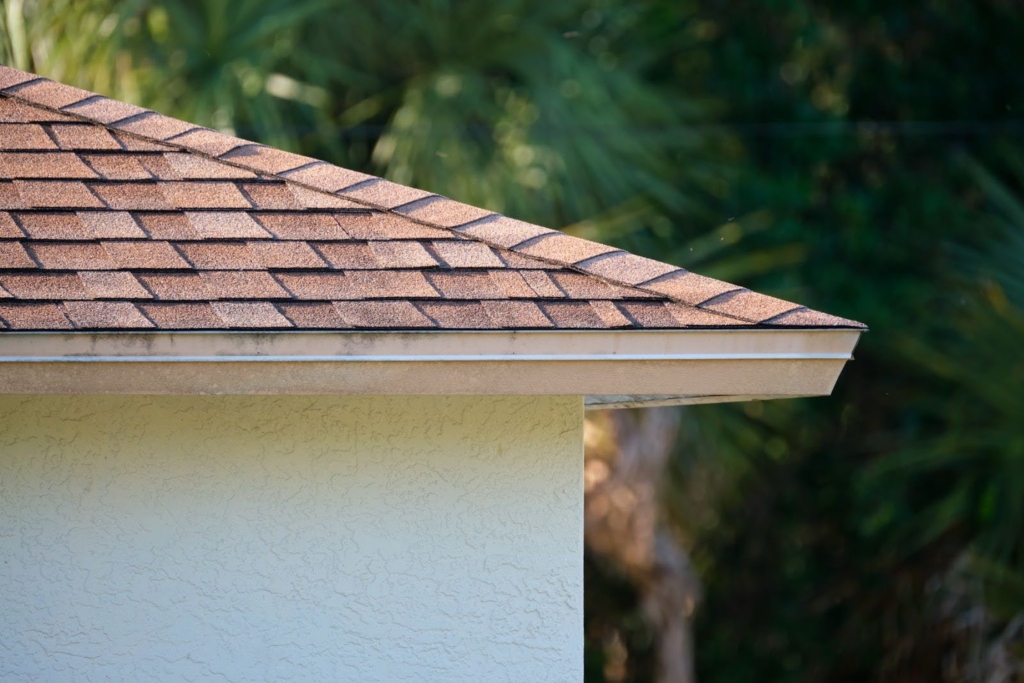Your roof does more than keep out the rain; it shapes your home’s character, energy use, and resale value. Choosing between a metal roof and asphalt shingles means weighing appearance, cost, and performance. It’s not just a design decision; it’s a long-term investment in your home’s comfort and durability. Getting this right can save you from constant repairs, energy waste, or poor resale value.
Why Informed Roofing Decisions Can Save You Money
Choosing the wrong roof can cost more than money, leading to early repairs, high energy bills, and unnecessary stress. When you understand the strengths and weaknesses of both metal and asphalt shingles, you’re better equipped to make informed investments. A roof isn’t something you replace often, so the stakes are high. Knowledge allows you to align your roofing decision with your home’s structure, climate conditions, and plans. It also helps you have more productive conversations with contractors, asking the right questions before you sign anything. Informed homeowners make choices that last longer and perform better.
Metal vs. Asphalt Shingles: Making the Right Choice
Your roofing decision determines how your home withstands the test of time, weather, and wear. Metal and asphalt shingles work well, but for different reasons and in distinct situations. To avoid regret, it’s critical to understand what each one does best. That clarity helps you match your roof to how you live, not just how your home looks.
Asphalt Shingles vs. Metal Roof Appearance
The appearance of your roof impacts both curb appeal and neighborhood harmony. Both asphalt shingles and metal roofs offer style options, but their visual impact differs. Homeowners should consider how well each matches their property’s architecture. Additionally, some communities or HOAs have restrictions that influence which material you can use.
Design Range and Curb Appeal
Asphalt shingles come in layered textures, colors, and shapes. They suit traditional and suburban homes well. Many styles mimic wood, slate, or tile, making shingles highly versatile. In contrast, metal roofs are modern but also available in rustic or stone-coated looks. You’ll find standing seam panels for sleek homes or modular tiles for classic appearances. Some metal finishes even mimic shingles to comply with neighborhood guidelines.
Long-Term Visual Impact
Asphalt shingles can fade and discolor, especially in sunny or humid regions. Algae streaks and curling edges are common as they age. Metal roofs hold their color longer due to protective coatings. Many develop a natural patina that adds visual interest. This longevity enhances resale appeal by indicating low maintenance requirements. Buyers often view metal as a premium upgrade.
Durability of Metal Roofs vs. Asphalt Shingles
Asphalt shingles can fade and discolor, especially in sunny or humid regions. Algae streaks and curling edges are common as they age. Metal roofs hold their color longer due to protective coatings. Many develop a natural patina that adds visual interest. This longevity enhances resale appeal by indicating low maintenance requirements. Buyers often view metal as a premium upgrade.
Average Lifespan and Roof Longevity
Depending on material grade and climate, asphalt shingles last 15 to 30 years. Basic 3-tab shingles age more quickly, while thicker architectural ones offer greater strength. Metal roofs often last 40 to 70 years or more. Aluminum and galvanized steel resist rust, corrosion, and fire. Copper or zinc roofs can last over 80 years with minimal upkeep. While metal costs more, it lasts far longer.
Resistance to Wind, Fire, and Hail
Metal roofs perform better during extreme weather conditions. They’re fire-resistant, can shed hail, and withstand high winds. Asphalt shingles may blow off in storms or shed granules from impact. Due to their lower risk, insurance providers offer discounts for homes with metal roofs. Metal’s protection provides peace of mind, especially if you live in hurricane-prone or wildfire areas. For milder climates, architectural shingles still offer good resistance.

Roof Energy Efficiency and Environmental Impact
Roofing affects your home’s internal temperature, cooling costs, and carbon footprint. Metal roofs outperform asphalt in most efficiency and sustainability tests. However, each material has pros and cons, depending on how it is installed and maintained.
Heat Reflection and Indoor Comfort
Metal reflects sunlight instead of absorbing it. It keeps your attic cooler, which lowers air conditioning costs. Asphalt shingles retain more heat, which can raise indoor temperatures during summer. Cool-roof coatings can help, but metal still performs better overall. That makes a noticeable difference in comfort and bills for southern states or sun-heavy areas. That isn’t as critical in colder climates, but it still contributes to year-round efficiency.
Recyclability and Eco-Friendliness
Metal roofing is often made from recycled materials and is fully recyclable when replaced. It reduces landfill waste and supports sustainable building goals. Asphalt shingles are more difficult to recycle and often end up as construction waste. They’re made from oil-based products, which contributes to their environmental impact. Some regions now offer shingle recycling, but access to this service is limited. For homeowners seeking green building certification, metal is the preferred choice.
Roofing Costs: Short-Term vs. Long-Term Value
Roofing prices vary widely, depending on labor, material grade, and home size. Asphalt shingles cost less upfront, making them attractive for tight budgets. Metal roofs cost more at installation but require fewer repairs over time. The value becomes clearer when comparing costs over a 20–30-year timeline.
Installation Costs and Labor Requirements
Shingles are quicker to install and need less specialized labor. Most roofing crews can complete a shingle job in one to three days. Metal roof installation typically takes longer and often requires the services of certified professionals. That means labor costs are higher, and scheduling may take more planning. Additionally, steep or complex roof designs increase installation time for both materials. Still, a proper installation can make or break your roof’s performance.
Maintenance and Repair Over Time
Asphalt shingles are prone to cracking, curling, and granule loss. Moss and algae also require cleaning every few years. Metal roofs rarely require maintenance, but may occasionally need minor repairs, such as tightening fasteners or resealing joints. These tasks are more expensive per visit but occur far less frequently. For shingle roofs, budget for minor maintenance every five to seven years. Over time, the gap in upkeep widens.
Comfort, Sound, and Installation Experience
Aside from appearance and cost, roofing has a significant impact on daily life in small yet meaningful ways. Noise, timing, and disruptions are crucial, especially if you live in the home during the installation. Understanding these practical concerns helps you avoid surprises.
Soundproofing and Noise Control
Metal roofs can sound louder during rain or hail if installed without sound barriers. With proper insulation or attic space, the difference is minimal. Asphalt shingles are designed to absorb more sound. Homes without attic insulation or vaulted ceilings will notice more with metal. However, new underlayment products reduce noise by up to 50%. If sound is a priority, discuss sound-dampening options with your roofer.

Installation Speed and Disruptions
Shingles can often be installed in two to three days, depending on weather and roof size. Metal takes longer, typically four to seven days, due to the precision cutting and fastening involved. Rain, snow, or high humidity can delay both types of events. Expect extra cleanup time and possible delays if your project involves roof removal. Planning with your contractor can help reduce scheduling issues. Spring and fall often offer the best weather for roofing projects.
Regional Performance and Roof Suitability
Your local climate strongly influences roofing performance. What works in Arizona may fail in Maine. Regional considerations help homeowners select the most suitable material.
Snow Shedding and Cold Climate Benefits
Metal roofs naturally shed snow, reducing the buildup and formation of ice dams. They also keep your roof lighter and prevent water damage. Shingles tend to hold snow, increasing the risk of leaks. Ventilation and roof pitch also play a significant role in snowy regions. Metal is ideal for mountain homes, cabins, or northern climates. Paired with snow guards, it protects without creating dangerous slides.
Hot Weather and UV Resistance
UV rays break down roofing materials over time. Asphalt shingles dry out, curl, and lose flexibility in hot zones. Metal roofs resist this damage due to reflective coatings and minimal thermal expansion. Homes in the Southwest or Southeast see better performance and lower energy bills with metal. Shingles can still work, but will need earlier replacement. If you live in high-sun areas, metal’s resistance matters.
H2: What to Weigh Beyond Metal and Asphalt Shingles
A wise roofing choice goes beyond color and cost. Your plans, insurance coverage, and possible upgrades all play a role. What you choose now can either support or limit those options later. Looking ahead helps you avoid expensive do-overs or missed opportunities.
Home Resale and Appraisal Boosts
Metal roofs often increase property value and attract long-term buyers, as their longevity appeals to those who prefer not to re-roof soon. Shingles are common and familiar, but won’t stand out unless they’re new. If you’re selling soon, a new roof of either type can improve your property’s value. If staying long-term, metal pays off more. Appraisers consider roof age and quality when evaluating properties.
Warranties and Coverage Options
Metal roofing often comes with warranties lasting 40 to 50 years, while shingles typically offer warranties of 15 to 30 years, depending on the product. Labor warranties may vary depending on the contractor’s certification. Be sure to ask whether storm damage, leaks, and material defects are included. Extended warranties can offer peace of mind, but they usually come at an extra cost. Always read the fine print.
Future Renovations or Solar Projects
Metal roofing works well with solar panel systems. Standing seam panels allow installers to attach solar panels without drilling. Shingles require mounts and extra flashing, which can raise costs. Metal may be the more brilliant move if you plan on solar in the next ten years. It’s also easier to expand or modify later. Future-proofing now can save thousands later.
Invest Wisely in Asphalt Shingles or Metal Roofing
A roof should support how you live, what you value, and where you’re headed. Choosing asphalt shingles or metal isn’t about picking what’s popular. It’s about aligning your investment with long-term performance and peace of mind. The most intelligent roofing decision begins with understanding your priorities and culminates in materials that deliver on them. Work with a contractor who treats your roof like it matters because it does. Your home deserves that kind of commitment.
Still weighing your roofing options? Visit the NorthCoast Roofing Inc. blog for honest answers and helpful guidance.

